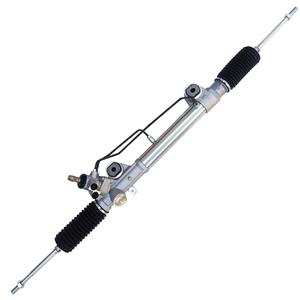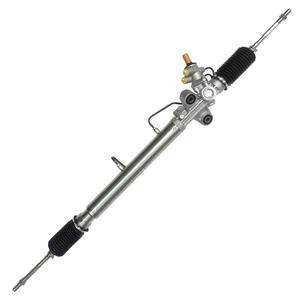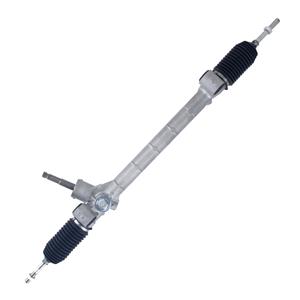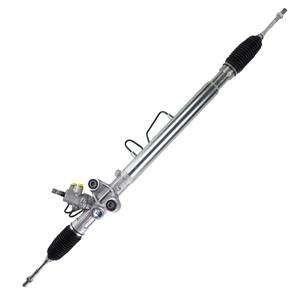How long does it take for steering fluid to leak from a power steering rack?
The power steering rack is a vital part of modern cars, providing drivers with an easier and more precise steering experience. Especially when driving at low speeds and parking, the power steering rack can significantly reduce the amount of force required by the driver to turn the steering wheel. The power steering fluid (also known as power oil) is the core working medium of the hydraulic power steering system. By circulating in the steering system, it helps the power steering rack and pinion provide the required hydraulic assistance.
However, the leakage of power steering fluid has been a problem for many vehicle users. If not controlled, the leakage of steering fluid will not only affect the normal function of the steering system, but may also cause serious safety hazards. So, how long does it take for power steering fluid to leak from a normal power steering rack? There are many factors behind this question. This article will systematically analyze the role of steering fluid, the structure of the steering system, common leakage causes and leakage speed.
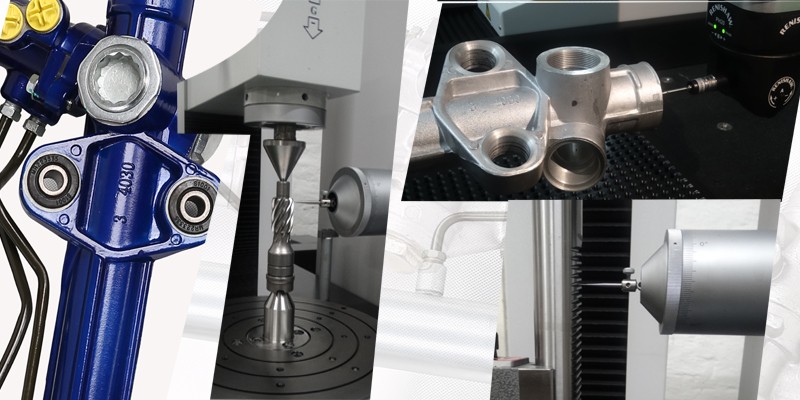
What is the role of power steering fluid?
Power steering fluid is the working medium of the hydraulic power steering system. It circulates throughout the system and provides assistance to the driver's steering operation through pressure changes. The hydraulic power steering system pressurizes the steering fluid through the steering pump and transmits it to the power steering rack, thereby providing hydraulic assistance. This assistance allows the driver to reduce steering resistance when turning the steering wheel, especially at low speeds.
The main functions of power steering fluid include:
● Reduce friction: Reduce friction between components such as the power steering rack to extend the service life of the steering system.
● Heat dissipation function: During the operation of the system, the steering fluid can also help dissipate heat to prevent the system from overheating.
● Hydraulic assistance: The most important function is to provide hydraulic assistance to the steering system to reduce the operating burden of the driver.
What are the structural components of the power steering rack?
The power steering rack is an important part of the steering system. It transmits the driver's steering wheel rotation to the wheels through the steering gear. The steering fluid applies pressure in the power steering rack through the hydraulic system to help the vehicle steer more easily. The power steering rack usually consists of multiple components, including:
● Rack: This is a long strip of components in the steering system with gear teeth.
● Gear: Meshes with the rack and is responsible for converting the rotational motion of the steering wheel into the linear motion of the rack.
● Seals and bushings: These components prevent leakage of the steering fluid and ensure that the hydraulic system operates in a closed environment.
Under normal circumstances, the steering fluid in the power steering rack should be completely sealed in the hydraulic system and will not leak out. However, if these seals fail, the power steering fluid may leak out of the power steering rack.
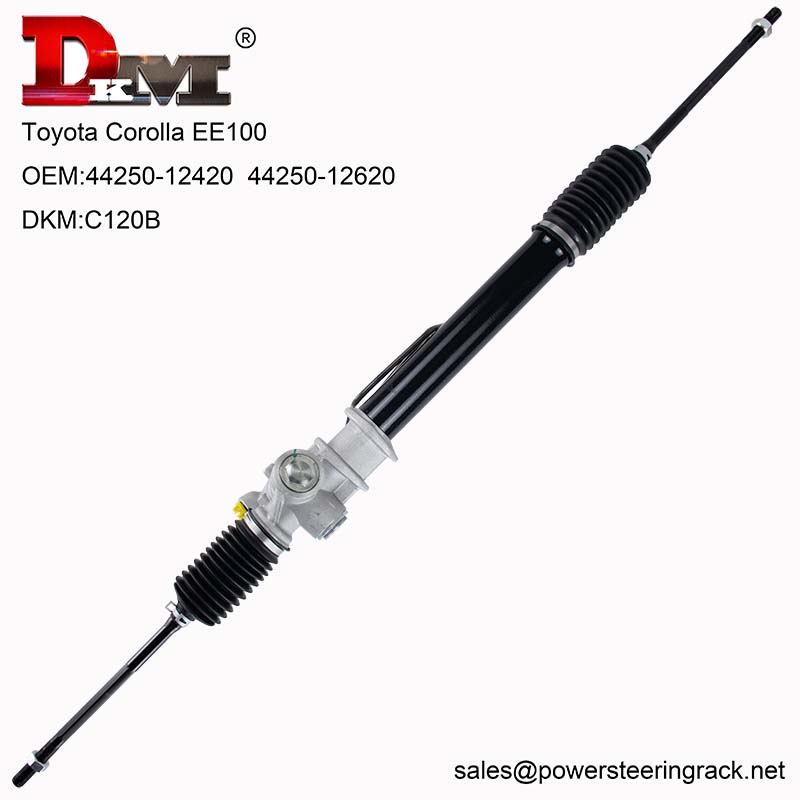
What are the causes of power steering fluid leakage?
Power steering fluid leakage does not occur instantly, but is affected by a variety of factors, usually accompanied by some wear or aging in the steering system. These factors include:
Aging of seals
Seals are key leak-proof components in steering systems and are usually located at both ends of the power steering rack and between the pinion and rack. As the vehicle's mileage increases, the seals will gradually age, harden or crack. Aged seals can no longer maintain the seal of the hydraulic system, causing the steering fluid to slowly leak out. Generally speaking, as the age of the vehicle increases, the likelihood of seal aging also increases, especially in extreme weather or harsh driving conditions, the aging rate is faster.
Damage to high-pressure pipes
The power steering fluid of the hydraulic power steering system is transmitted through high-pressure pipes. If the high-pressure pipe is worn, cracked or broken, the fluid may leak from the pipe joints or pipe walls. High-pressure pipe damage is usually caused by vibration, collision or corrosion from the external environment during long-term operation of the vehicle.
Pump body failure
The power steering pump is responsible for providing pressure for the steering fluid. If a component of the pump body fails, such as a worn bearing inside the pump body, the steering fluid may leak from the pump body. In addition, loose joints, seals or pipe joints of the pump body may also cause fluid leakage.
Abnormal hydraulic system pressure
The normal operation of the hydraulic system depends on the appropriate hydraulic pressure. If the pressure in the system is too high, the steering fluid may leak from the seals or pipes. Conversely, if the pressure is too low, it may cause the fluid in the system to not circulate properly, resulting in intermittent lack of power assistance.
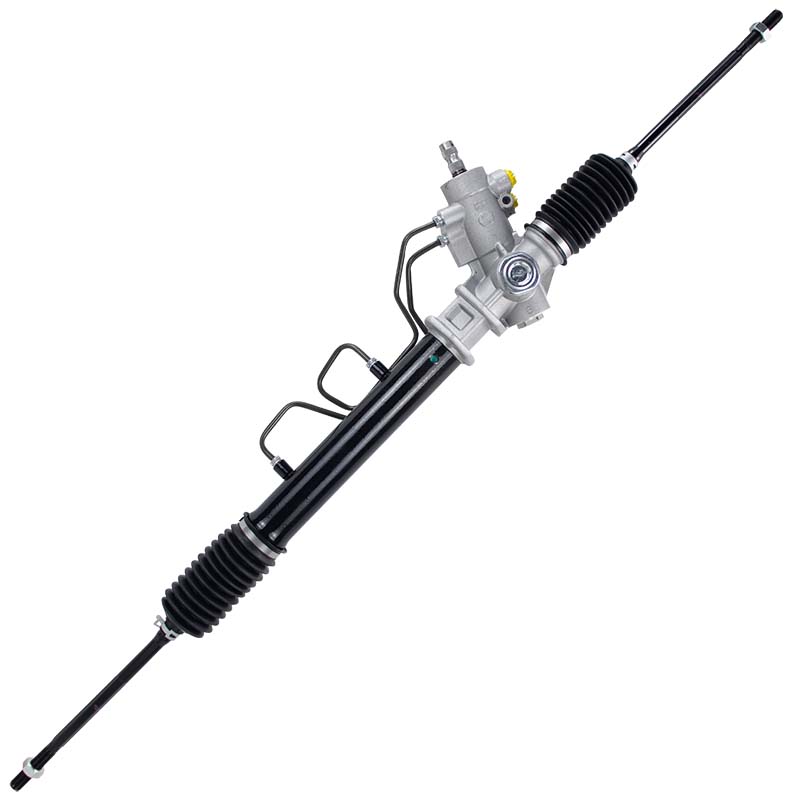
How long does it take for power steering fluid to leak from a normal power steering rack?
The length of time it takes for steering fluid to leak from a normal power steering rack depends on several variables. Although it is impossible to give an exact fixed time, the following factors can be analyzed to better understand the leakage rate of steering fluid.
Leakage size
The size of the leak is a key factor in determining the rate of leakage. If the leak is large, such as a completely broken seal or cracked high-pressure pipe, the power steering fluid may leak a large amount in a short period of time. In this case, the driver will quickly notice that the steering has become unusually heavy and the vehicle's steering function is almost ineffective.
In contrast, tiny cracks or minor seal aging problems may cause slow leakage of steering fluid. In this case, the driver may not immediately notice any obvious changes until the fluid level drops significantly and the power steering rack function gradually weakens.
Driving environment and driving habits
The driving environment of the vehicle has a certain impact on the leakage time of the steering fluid. Vehicles that frequently drive on rough roads or often drive vigorously are more susceptible to damage to the power steering system due to the greater pressure on the suspension and steering systems. On the contrary, if the vehicle is mainly driven on flat urban roads, the system load is small and the leakage rate is relatively slow.
Hydraulic system pressure
The higher the pressure of the hydraulic system, the faster the leakage rate. If the hydraulic system is abnormal and the pressure is too high, the fluid may leak out quickly from the weakest part. For example, when the steering pump is over-pressurized or there is a problem with the hydraulic regulator, hydraulic fluid may be lost in a large amount in a short period of time.
Vehicle maintenance status
Regular maintenance and inspection can significantly extend the service life of the power steering rack and reduce the occurrence of leaks. Vehicles that lack maintenance may have aged rubber seals, pipes and other components in the steering system, and the fluid will leak much faster than vehicles that are well maintained regularly.

How to detect power steering fluid leaks?
It is crucial for car owners to detect steering fluid leaks early. Here are some common leak detection methods:
Fluid level check
A drop in the power steering fluid level is the most obvious sign of a leak. Car owners can check the fluid level by the scale line on the hydraulic oil pot. If the fluid level is found to be significantly lower than the normal range and there are no other external signs of oil leakage, it is likely that the fluid is slowly leaking from the inside of the system.
Traces of oil leakage on the ground
If oil stains appear on the ground after the vehicle has been parked for a long time, especially under the front of the car, it means that the steering fluid may have begun to leak. Car owners can judge by observing the color and texture of the oil stains. The power steering fluid is usually light yellow or red and has a slightly greasy feel.
Abnormal steering operation
When the power steering fluid level drops to a certain level, the driver may feel that it is more difficult to turn the steering wheel, especially when steering at low speed. This is due to insufficient hydraulic pressure in the power steering rack, which causes the steering power to decrease. If this phenomenon occurs, the fluid level should be checked as soon as possible to confirm whether there is a leakage problem.
Abnormal sound
When the fluid level is insufficient, the power steering pump may make a harsh abnormal sound because it cannot suck in enough fluid. This abnormal sound is usually accompanied by a significant decrease in steering power and is a common sign of steering fluid leakage.
Guangdong Diamond Auto Parts Co., Ltd., a trusted name in the power steering rack industry, offers a wide range of products tailored to international vehicle brands. Our factory in China, covering 20,000 square meters, is equipped with over 280 machines, enabling us to meet global demand efficiently. Distributors and wholesalers worldwide rely on our low-price, high-quality solutions for Toyota, Hyundai, and Buick vehicles. Contact us for exclusive discounts, bulk pricing, and customized steering systems today!

